We may earn money or products from the companies mentioned in this post. This means if you click on the link and purchase the item, I will receive a small commission at no extra cost to you ... you're just helping re-supply our family's travel fund.

Lantern light and rumor travel well together. Across continents, tales of restless nobles, silent abbeys, and midnight visitors have anchored themselves to real streets and stones. Some stories were born from war, disease, or misread science; others grew from novels that blurred into memory. What remains are places where folklore still breathes through gates and chapels, and where locals treat the past with a careful nod. The map is modern. The mood belongs to candlelight and a cautious glance over the shoulder.
Bran Castle, Romania
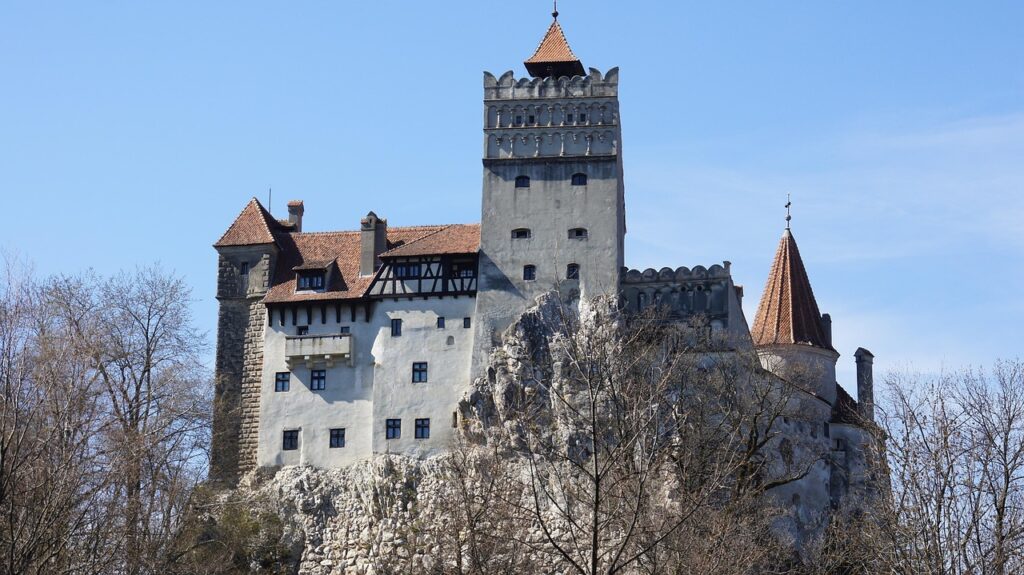
Perched above the Bran Gorge, this fortress wears the “Dracula’s Castle” nickname with theatrical ease. The tie to Vlad III is thin, yet Bram Stoker’s imagination fixed the castle’s silhouette in the public mind. Timber rooms, arrow slits, and mountain wind do the rest. Markets below sell red-tinged folklore, while trails climb into spruce and quiet. It is less evidence than atmosphere, and the atmosphere is persuasive.
Poenari Fortress, Romania
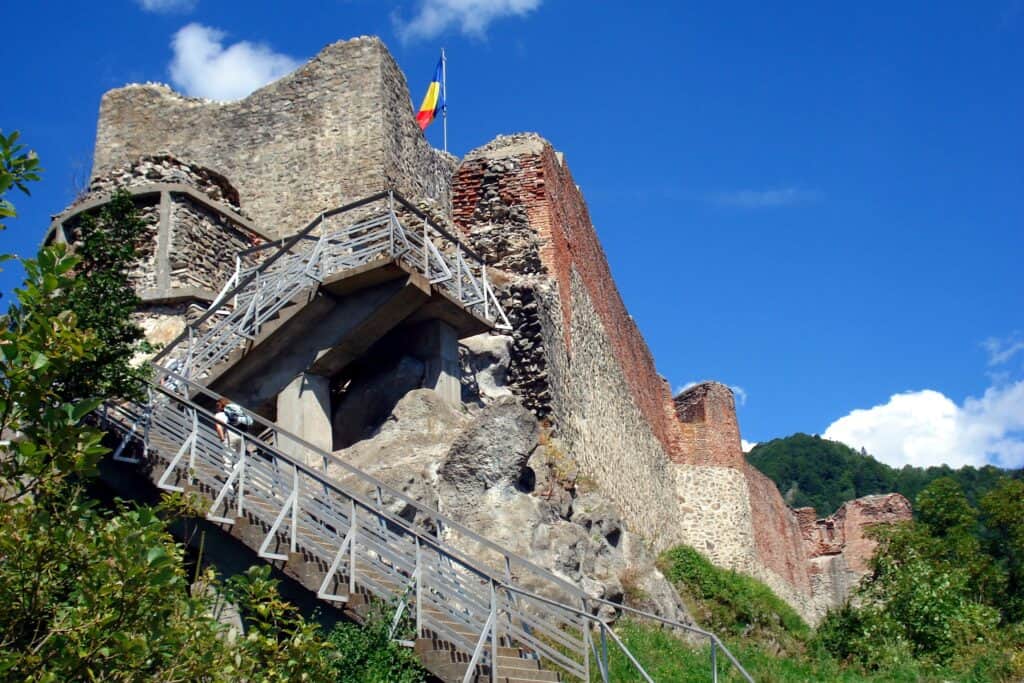
High on the Argeș cliffs, the true stronghold of Vlad the Impaler demands more than interest; it asks for stamina. After 1,400 steps, ruined walls hold a severe view of river and road, the kind of vantage a ruler chose to survive. Ravens circle the keep, and signage spares no detail about wars, fires, and rebuilds. The setting explains the legend better than any plaque. Hard places breed hard stories.
Whitby, England
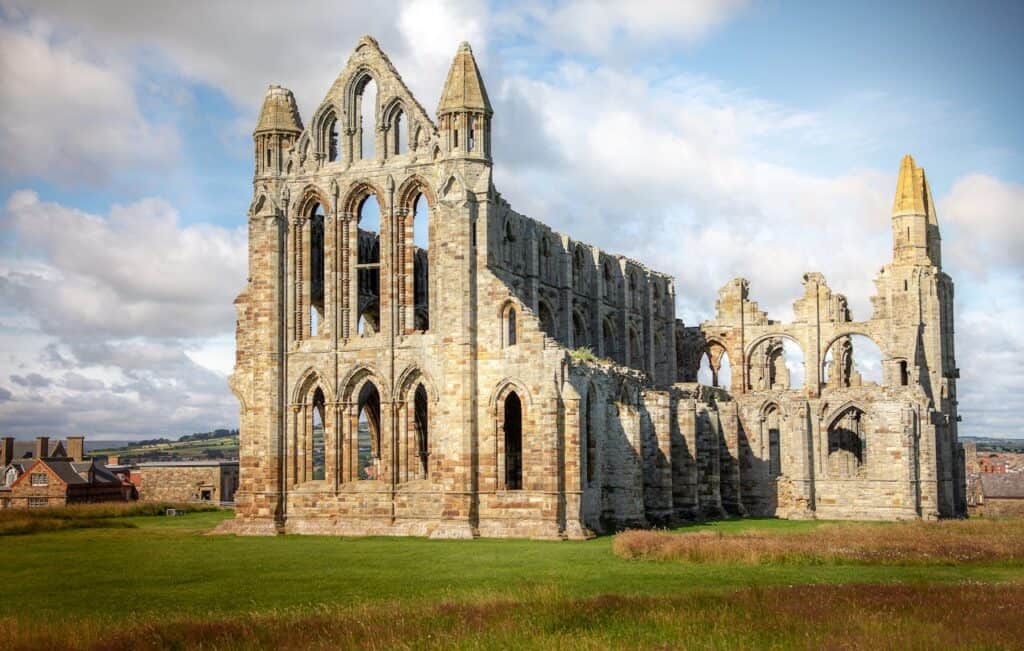
Gulls cut the wind above the East Cliff, and the abbey’s ribs frame sky like a cathedral of bone. Here Stoker found a harbor, a churchyard, and a name for a Count who loved fog. The 199 steps feel older than the town below, and headstones lean toward the sea. Whitby speaks in jet jewelry, gothic arches, and salt. When night arrives, the harbor lights look like warnings rather than welcome.
New Orleans, Louisiana
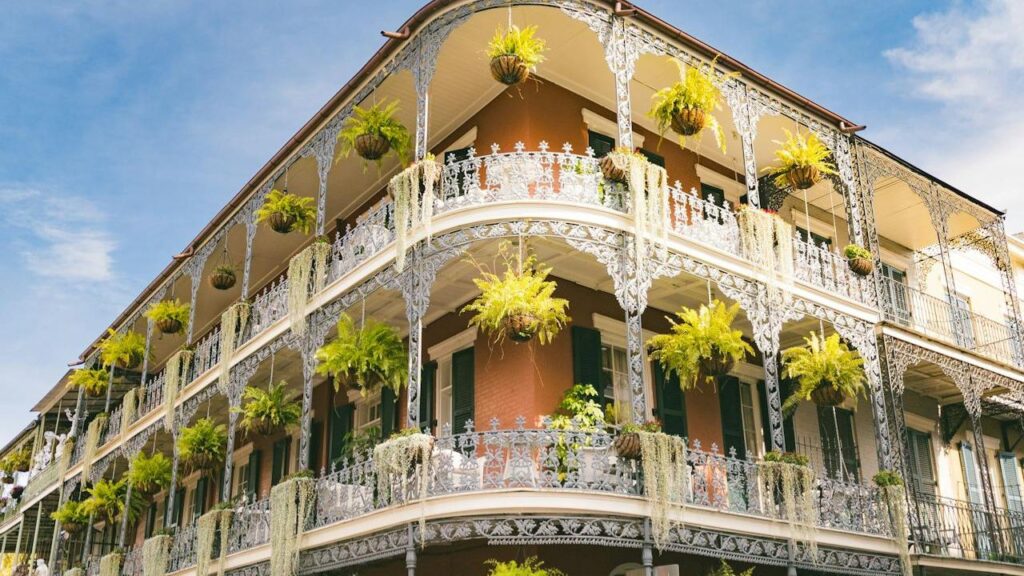
Stories gather at the Ursuline Convent, where the “Casket Girls” arrived with narrow trunks and wider suspicions. The French Quarter layers Creole houses, crypts, and courtyards that keep secrets with the plants. Jazz spills onto Royal Street, then fades near shuttered windows said to be sealed for a reason. Here faith and folklore dine together, and the city prefers that both pay cash. The charm refuses to choose sides.
Čachtice Castle, Slovakia
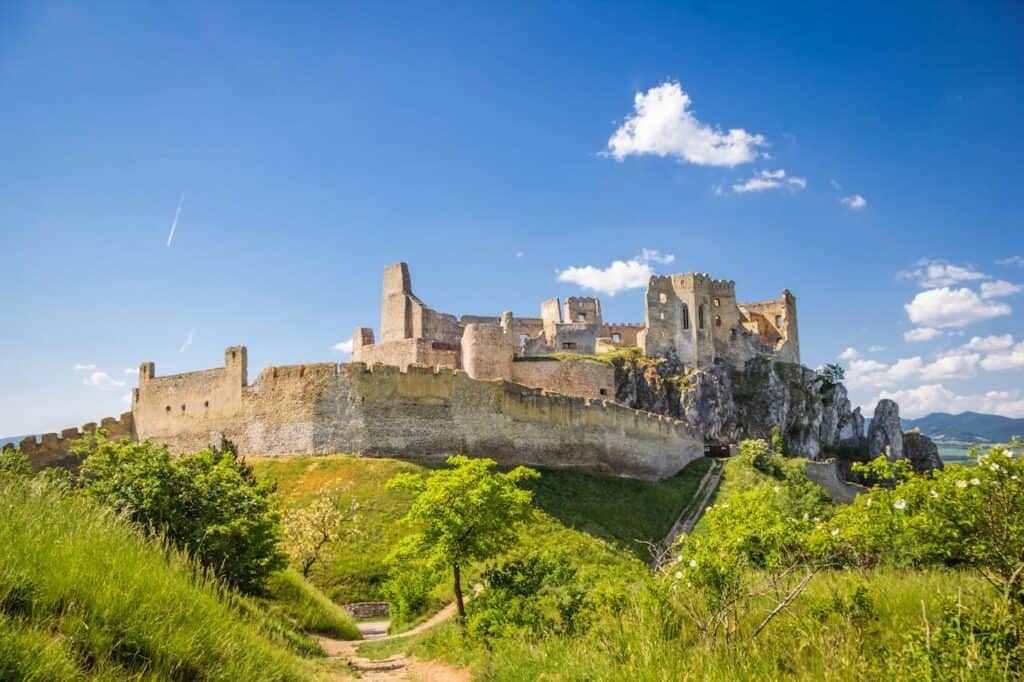
Ruins on a Carpathian hill remember Elizabeth Báthory, a countess buried under accusations that grew fangs over time. The historical record is grim enough; later tellings made it darker still. From the village, the climb passes orchards and wildflowers before the walls appear. Wind threads the stones like a quiet witness. Legends here are stitched from court politics, fear, and theater, but the stage remains irresistible.
Orava Castle, Slovakia
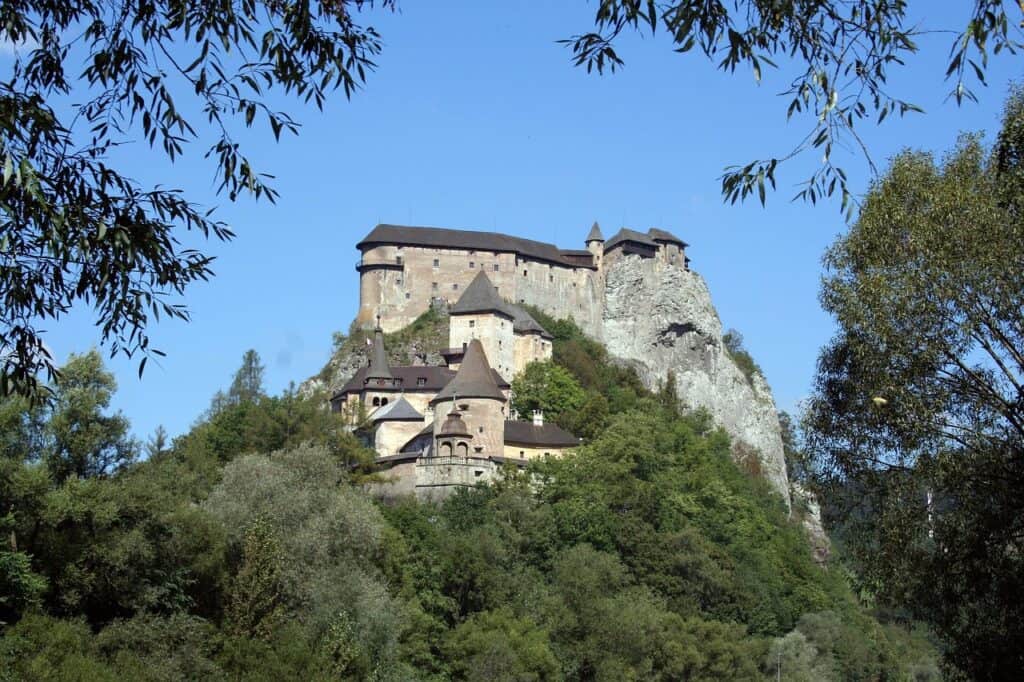
A cliffside palace above the Orava River became cinema’s vampire homeland when “Nosferatu” used its corners as a haunt. Corridors fold into courtyards, and wooden stairs negotiate the slope with stubborn grace. Exhibits dwell on arms, letters, and film stills that turned shadow into menace. The view is pastoral, but arches edit the sunlight into slivers. It takes little effort to imagine a figure pausing at the turn.
Exeter, Rhode Island
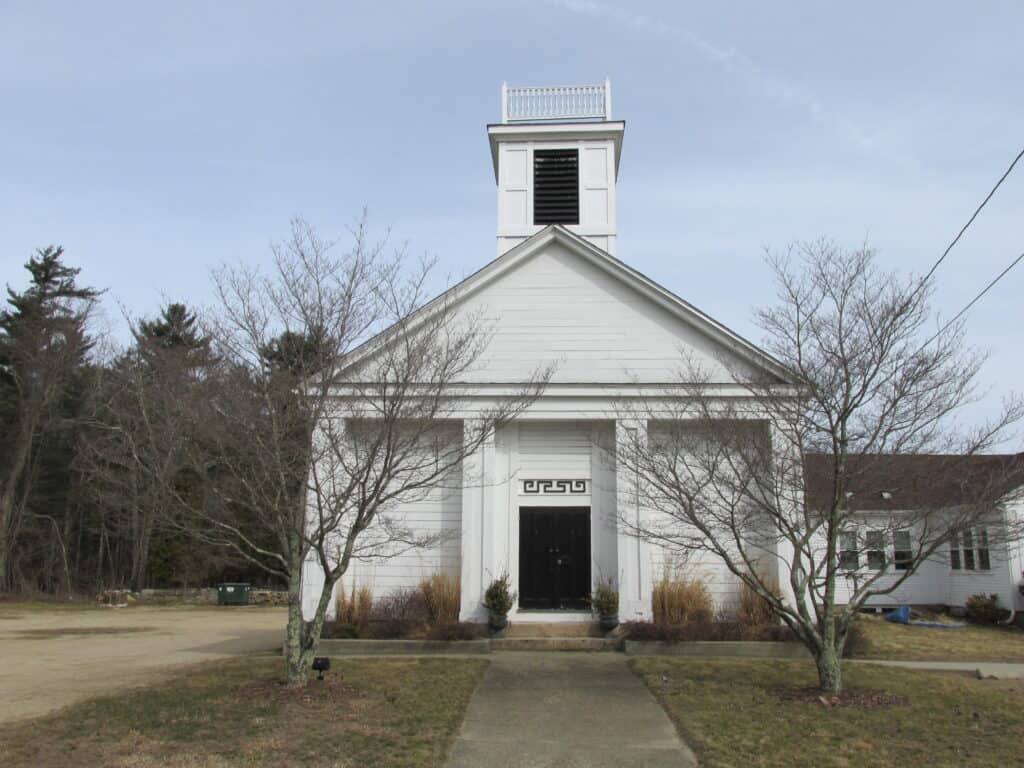
In 1892, illness, panic, and winter soil led neighbors to the grave of Mercy Brown. What followed became America’s most cited vampire exhumation, a rural attempt to outpace tuberculosis. The small cemetery behind the church remains tidy and calm, its granite stones quietly practical. A simple marker draws careful footsteps, notes, and flowers. The lesson reads like a sermon on fear, grief, and guesswork masquerading as cure.
Kringa, Croatia
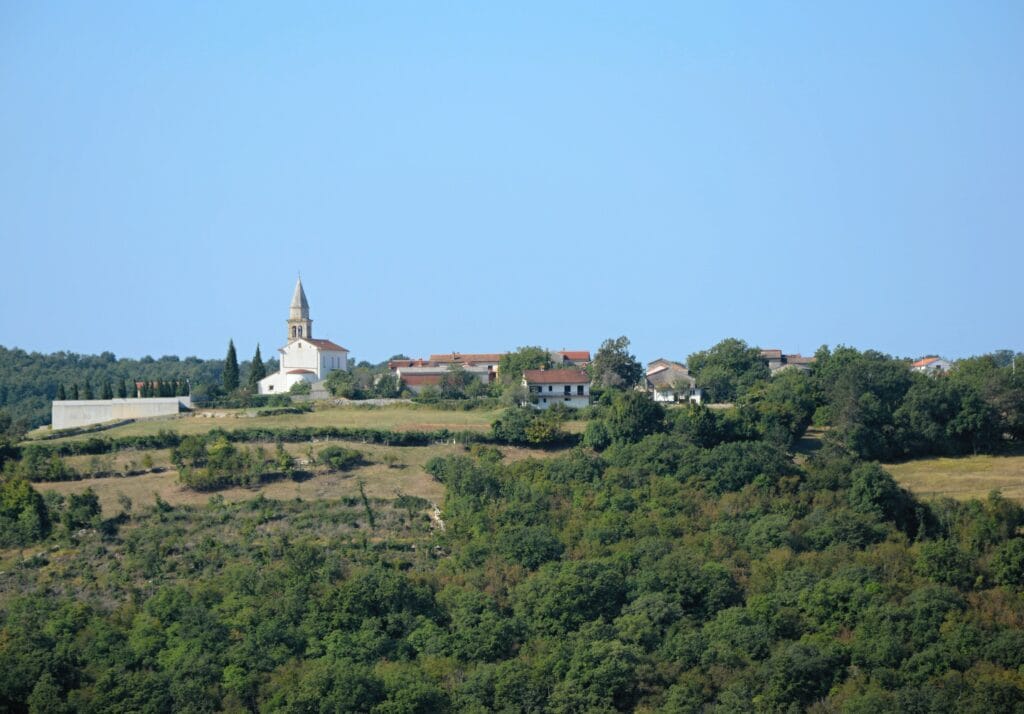
Istrian limestone streets remember Jure Grando, a 17th-century villager said to rise after burial and knock at doors. Local accounts describe officials, a stake, and a reluctant ending, all now folded into folklore walks and a tavern that winks at the tale. The village stays unhurried, figs ripening behind low walls. Dusk adds a stage light to the square. Legend here feels neighborly, then suddenly close.
Zarožje, Serbia
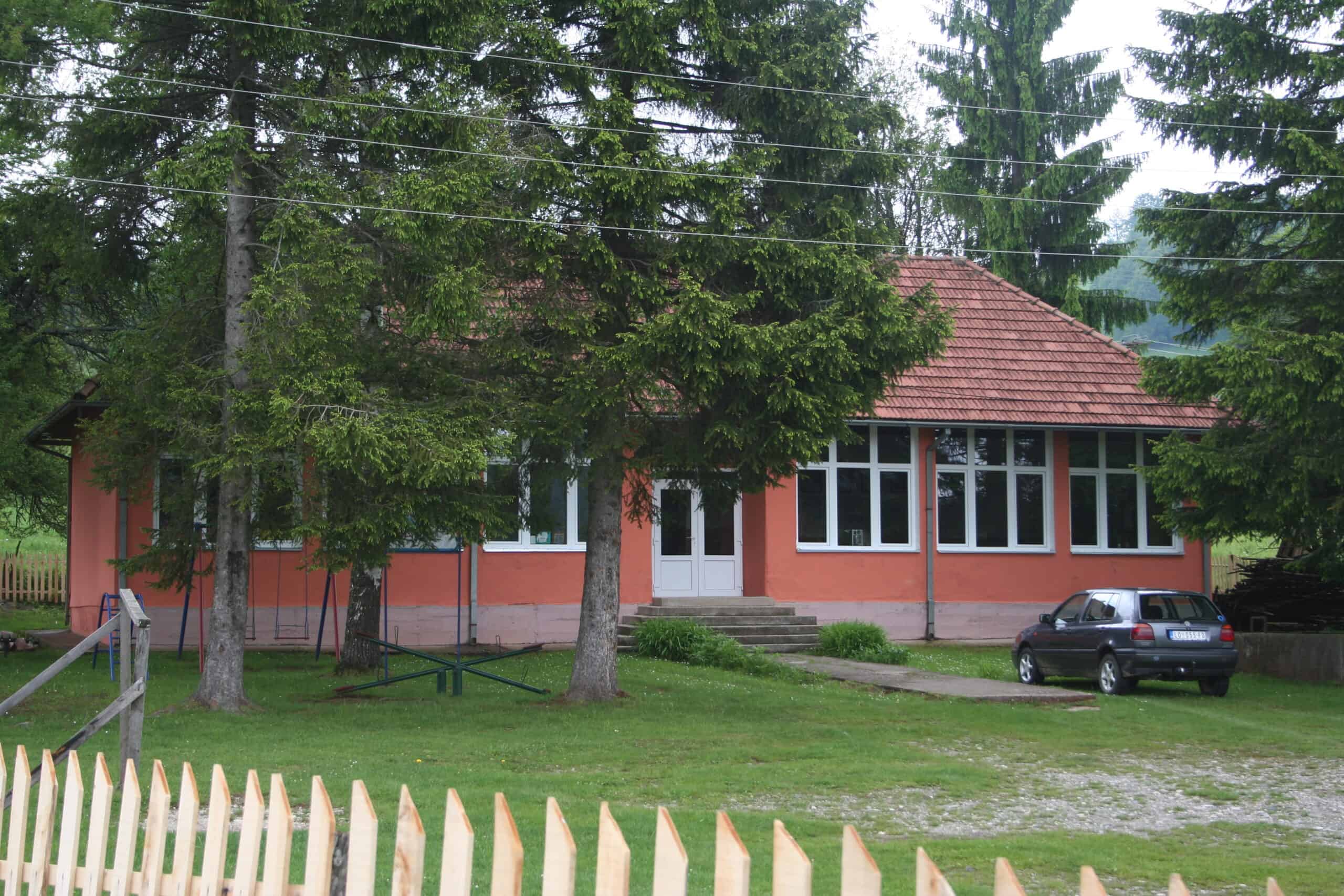
Along the Rogačica stream, a collapsed watermill is tied to Sava Savanović, a vampire said to haunt the wheel and the night shift. The story is recent enough for newspapers to have enjoyed it, and old enough to sound inevitable in a valley of pines and mist. Roadside shrines watch the bends with bright paint and candles. Locals smile carefully when asked for directions, then point anyway.
Sozopol, Bulgaria
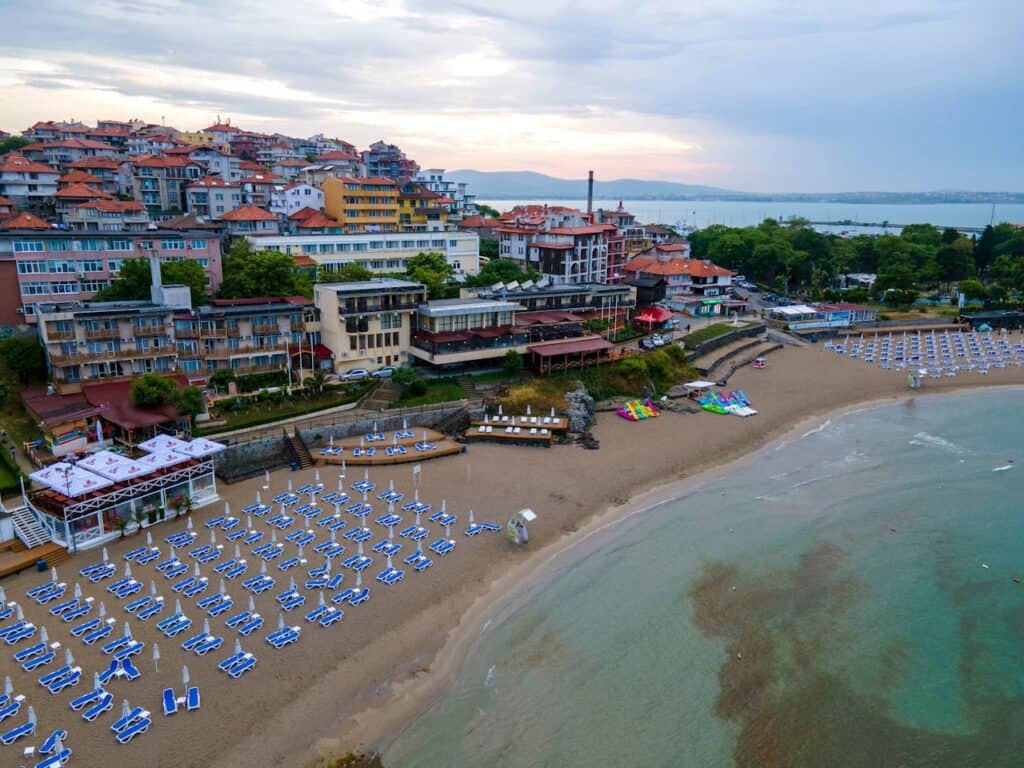
This Black Sea town blends gold beaches with archaeology that startled even the dig teams. Burials with iron spikes across chests became headlines as “vampire” graves, a window into medieval fears about restless dead. The old town’s lanes tangle between wooden eaves and stone. Church bells fold into waves along the quay. History here arrives with sunlight, museum tags, and a sense that rumor once felt like insurance.